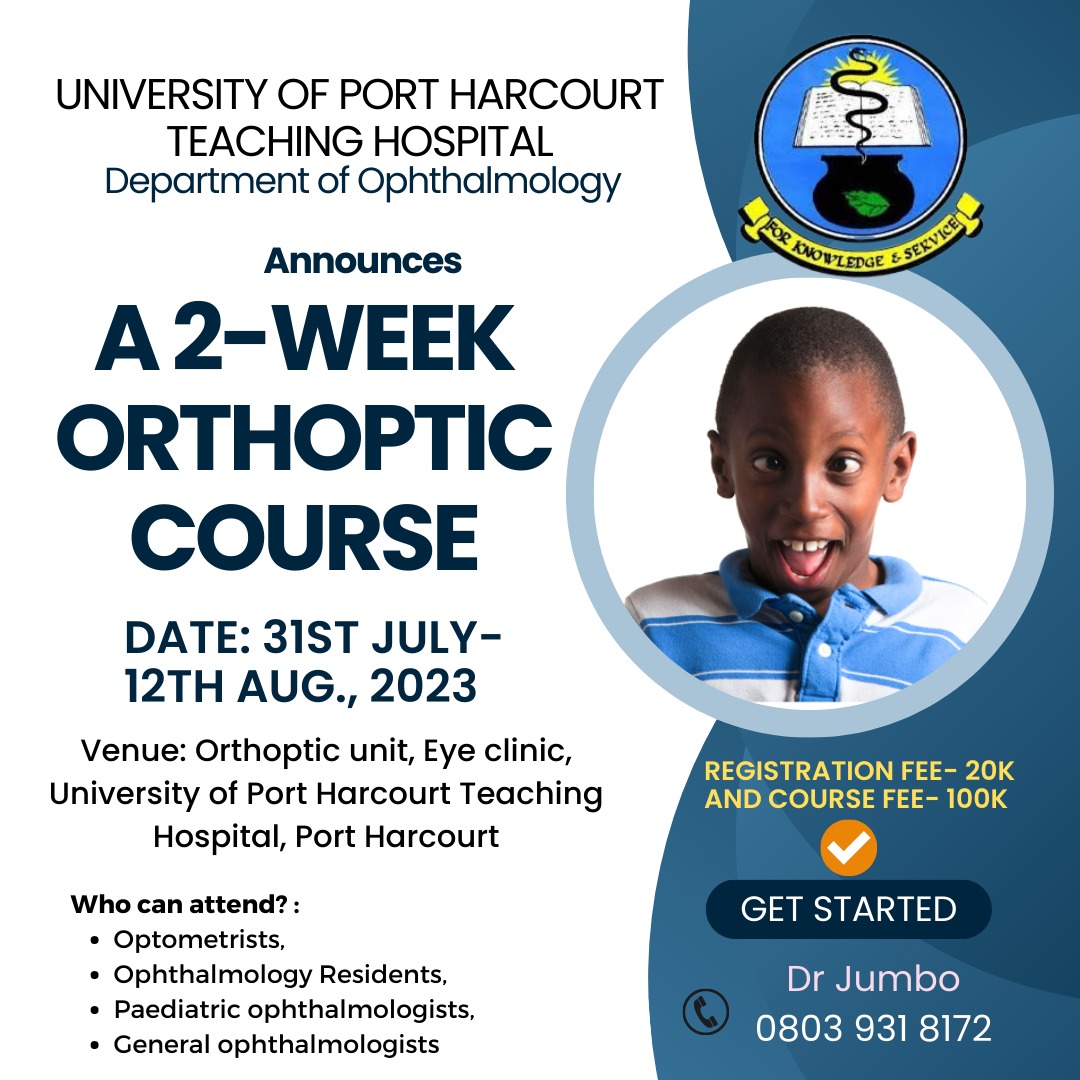Onwanyi, a nine-year old girl once again bumped her head on the door. She cried out in pain and her mother ran out to investigate. Her mother met her rubbing a spot on her head and crying.
“Onwanyi, you have bumped your head again?” her mother shouted in exasperation.
“Why is this child so clumsy?” she wondered.
Three weeks earlier, she had fallen into a gutter while returning from school. “A gutter that even a blind man would cross easily”, she mused. But Onwanyi had fallen right into it.
Wait a minute! Blind? Could that be it?
She recalled that Onwanyi’s clumsy habit had started about two years earlier and it seemed to be getting worse.
Just yesterday at the close of school, Mrs Peters, Onwanyi’s school teacher complained about her terrible handwriting. She also complained that Onwanyi has been tilting her head to read. She thought her mother should be aware of this.
She jolted back to reality. Onwanyi was still standing there crying, waiting for her mother to say something. Without a word, her mom grabbed her by the hand and took her to the hospital for an eye check. She was tired of these accidents.
At the hospital, the doctor told her Onwanyi had cataracts and would require surgery. He was surprised that Onwanyi’s mother had not noticed the whitish specks in her daughter’s eyes.
“The specks have been present for at least three years”, he said.
Childhood cataract is a leading cause of blindness in children. You may notice whitish specks in their eyes, clumsiness and frequent falls or an abnormal head posture to view objects. The children may also complain of poor vision – believe them.
When it comes to childhood cataract:
- Early intervention is key to a good outcome
- Treatment is easy and available
If you notice something wrong, do something about it!
Dr Mary Ugalahi, 2020




